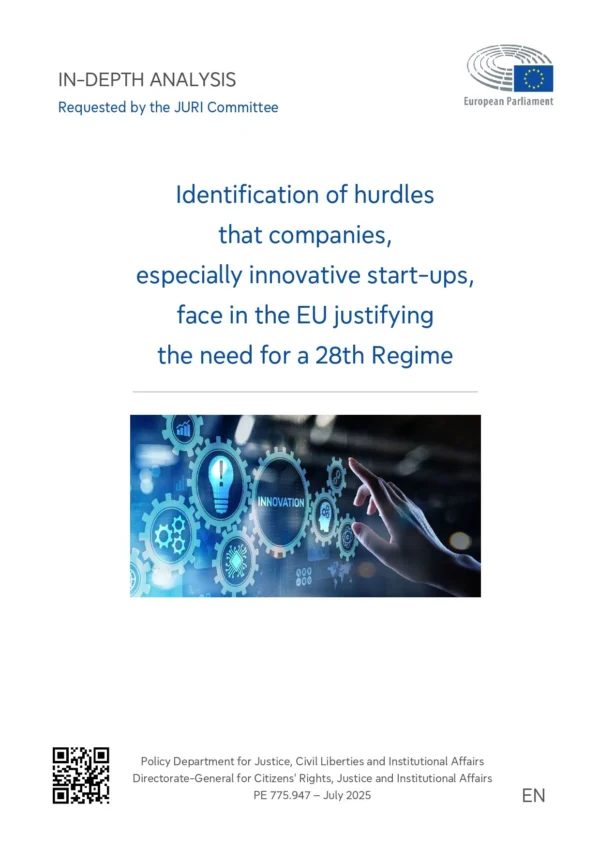Digitalisation is transforming business landscapes and the world of work and redefining the boundaries of production, consumption and distribution. This has created tremendous opportunities, as new products, processes and techniques have emerged, but has also created threats, as new ways of employment pose new challenges to employers and employees. The overall consequences for labour markets, however, are still uncertain, which is reflected in the wide variation in the outcomes of the existing research. The initial government responses appear to be reactive rather than proactive, and targeted towards mitigating the side effects of digitalisation instead of aiming to reap its potential benefits.
This study examines the impact of digitalisation and the on-demand economy on employment and industrial relations in both traditional businesses and industries as well as new forms of work in the on-demand economy. It focuses on job creation and destruction, interaction with customers and workers/employees, labour relations in terms of both the organisation of work and industrial relations as well as government responses, particularly in the area of labour conditions, taxation and social security. The study emphasises aspects relevant to employers.
Commissioned by the Employers’ Group of the European Economic and Social Committee (EESC), this study was prepared by a CEPS research team composed of Willem Pieter de Groen, Karolien Lenaerts, Romain Bosc and Felix Paquier. The opinions expressed in this document are the sole responsibility of the authors and do not necessarily represent the official position of the EESC.
This material was originally published in a paper provided at the request of the Employers’ Group of the European Economic and Social Committee. The opinions expressed in this document are the sole responsibility of the authors and do not necessarily represent the official position of the European Economic and Social Committee. The original paper is available on the European Economic and Social Committee’s webpage www.eesc.europa.eu/m?i=portal.en.publications.43914. © European Union, 2017. Copyright remains with the European Union at all times.












